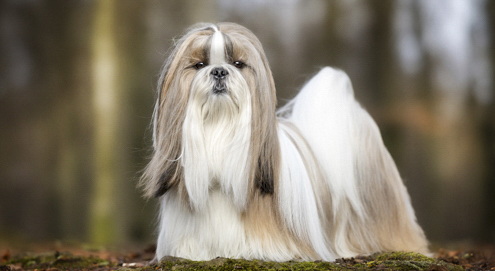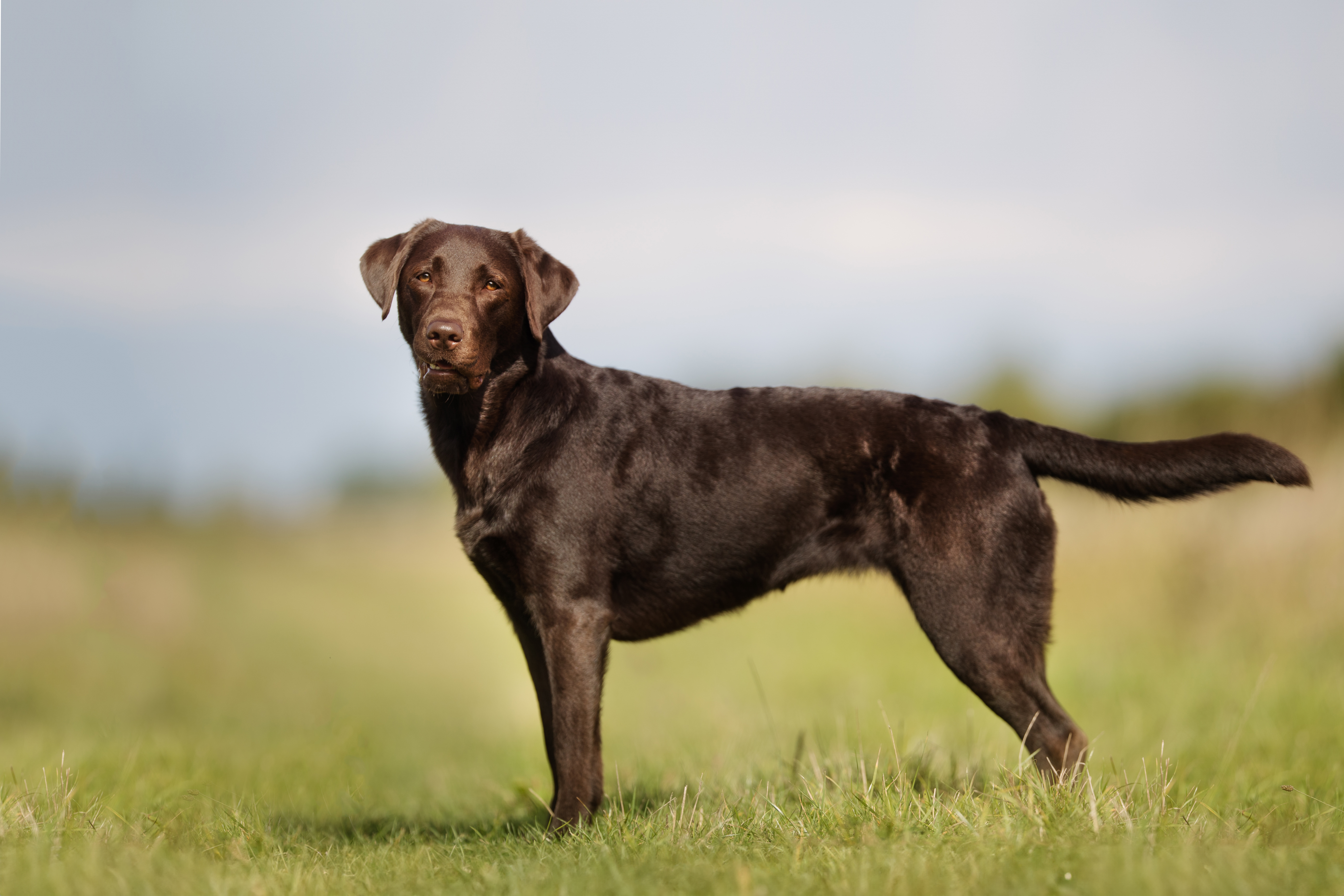Characteristics
Country of origin:
Tibet
Also known as:
Tibetan Lion Dog
Body build:
Compact and robust with short, muscular legs, a straight back, and a long, dense coat. The tail is carried high, curls over the back, and is well feathered.
Colours and coat types:
Gold, sand, honey-colored, dark gray, liver, black, white, bicolor, or parti-color (combinations of the above). Long, dense, and straight coat with a thick undercoat.
Weight:
5 – 10 kg
Height:
23 – 28 cm
Life Expectancy:
On average 12 to 15 years
Health risks:
Progressive retinal atrophy (PRA), atopy, keratoconjunctivitis sicca (KCS), patellar luxation
Kennel Club Breed Standards:
Utility
Suitable for:
Patient, consistent, and loving owners







